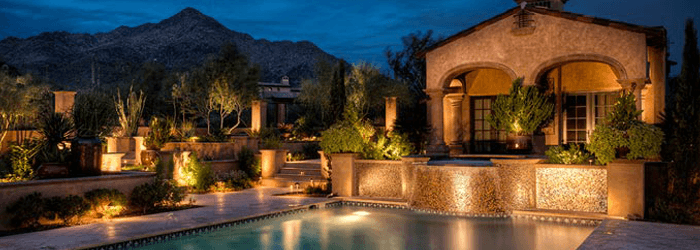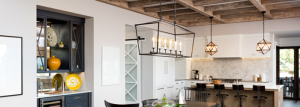If you haven’t shopped recently for light bulbs, you might feel as if you landed in a foreign country on your next visit to a hardware store. New choices, sizes and measurements on bulb packages can be baffling. You might not even find a salesperson who can explain it all.
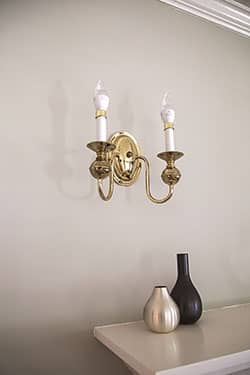
So here are seven secrets to buying bulbs and getting what you want and need:
1 | So many choices
Shelves are loaded with choices, including some you’ve used before like the incandescent bulbs that have been around for many decades. You’ll also find halogen bulbs (the highest efficiency incandescent), those curly compact fluorescents or CFLs, linear fluorescent tubes, LEDs (light emitting diodes) and smart bulbs.
2 | Replace your old bulbs
Many changes are due to a federal law passed in 2007 to help save energy, and more changes will be coming. Classic incandescent bulbs are not gone, but are being phased out. You should consider buying LEDs for all fixtures in your house not just for can lights where you may already be using them, because LEDs save energy and are long lasting.
3 | Selecting the right bulb
In the past, you replaced bulbs based on watts, which measure how much power a bulb burns up. But with LEDs you choose bulbs based on lumens, which measure how much light bulbs produce. If you used to buy 100-watt bulbs, look for a bulb with 1600 lumens; for 75-watt bulbs, look for a bulb with 1100 lumens; for 50-watt bulbs, look for a bulb with 800 lumens.
4 | Lighting for all rooms
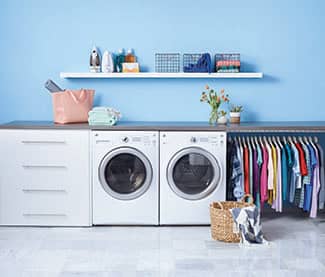
But it’s more complicated than that because you can also choose light bulbs according to their color rating index. CRI measures the ability of a light source to reveal the colors of various objects faithfully.
Color is measured in Kelvins, ranging from 2,700 K (a warm light typical of incandescent bulbs) to about 5,500 K (a daylight tone). General Electric, for example, has packaging to tell buyers the color of light that an LED bulb produces and where you might install the bulb. The Refresh bulbs have a bluer tone that might be good in a home office where as the Relax bulbs have a warmer tone and are good in bedrooms and the Reveal lights are for kitchens. So, to buy bulbs, you must know your socket type, the style of light you want as well as how bright you want the bulb to be and what color rating you want.
5 | Lighting for all styles
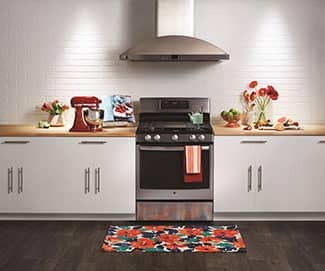
You can now buy LEDs to use successfully in light sockets of most sconces, chandeliers, table lamps or whatever. But with fully enclosed lighting fixtures, like an older ceiling light where the bulb is completely covered with glass, there can be heat build-up if you use an LED; they need access to cooler air. And with many older rheostat dimmer switches, LEDs might not work either. In that case you might need to install a new dimmer switch designed for use with LEDs.
6 | Prices and savings
Prices for LEDs have dropped considerably since first introduced and will continue to come down. Most bulbs sell for less than $5. It’s estimated that a $3 LED can cost you $1 a year on your utility bill while a similar energy-efficient incandescent can cost $5.42 a year. Buy bulbs with the U.S. government’s Energy Star label to get the best savings on power. But as with almost everything you buy, LEDs that cost more will work better and last longer.
7 | Smart lighting
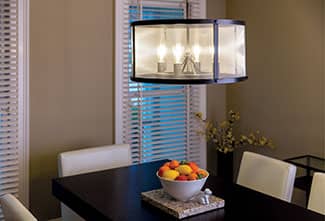
Smart bulbs are LEDs that can be controlled remotely via phone or smart hub in your home. You can also set up your technology to turn on various bulbs at certain times of the day when you’re not there or to come on early in the morning in the kitchen or hallway before the sun comes up. But instead of controlling one individual bulb, you might want to buy smart switches that control a group of bulbs in one area.
Although this whole lighting issue has gotten more complicated, Arizona may be one of the places catching on more quickly to all the changes. A recent Nielsen Homescan study indicated that Phoenix is No. 10 among large U.S. cities where residents have purchased at least one LED in the past year. In Phoenix, 28.8 percent of residents said they had done so, compared with 35.5 percent in Seattle, which ranked first.
(Carmen Pastore, North American marketing manager for General Electric, and David Maye, owner of DM Sales, helped provide information for this article.)
###
Photo Credits:








